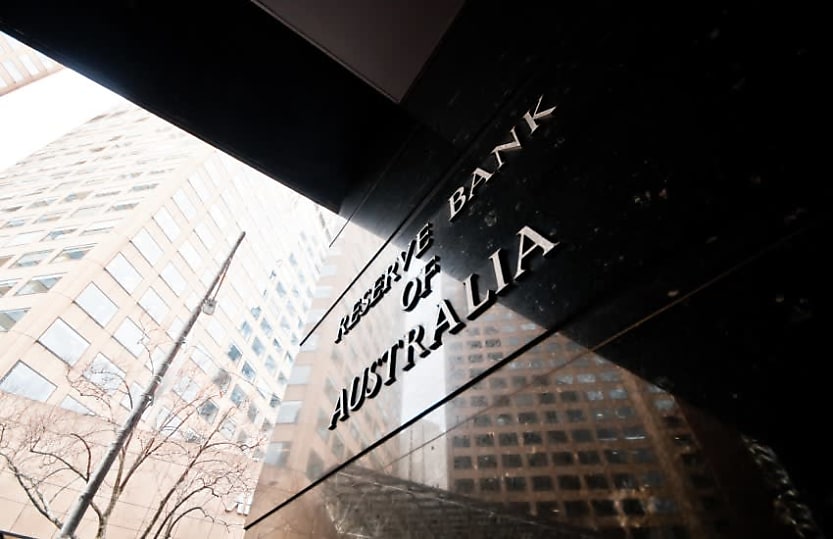Slow economic growth unlikely to trigger sudden moves by the RBA

The Reserve bank of Australia is unlikely to make any sudden rate movements following slow economic growth indicated by new GDP data.
Data released from the Australian Bureau of Statistics (ABS) highlighted GDP has only risen 1.5 per cent from 2023 to 2024, acting as further motivation for the Reserve Bank of Australia to remain stagnant on current rate.
The ABS data reflected a 0.2 per cent rise in GDP over the June 2024 quarter and has only grown by 1.5 per cent across 2023 to 2024.
This limited growth marks the weakest annual growth since 1991 to 1992, excluding the COVID-19 pandemic.
According to the ABS, weakness has persisted in the Australian economy.
“The weak growth reflects subdued household demand, which detracted 0.1 percentage points from GDP growth while government consumption contributed 0.3 percentage points, the same contribution to growth as previous quarter,” the ABS said.
BDO economics partner Anders Magnusson said this limited growth is in line with the RBA’s latest expectations and is unlikely to make any sudden moves due to this release.
“The RBA will lower interest rates at the opportune moment as it tries to juggle the competing forces from government and investment,” he said.
“Our focus should instead be on ‘growing the pie’ by boosting productivity and pre-empting any negative impacts of intergenerational wealth transfer from Baby Boomers.”
The ABS data also reflected GDP per capita was down for the sixth consecutive quarter, falling 0.4 per cent.
Multiple sectors experienced a fall over the June 2024 quarter, such as household spending, investment and terms of trade.
Magnusson said he expects GDP per capita to see an increase next year.
“The ‘per capita recession’ continues as population growth outstrips economic growth,” he said.
“However, I expect this to lead to a migration dividend as the recent wave of skilled migrants become more productive in the year ahead.
“We can expect per capita GDP to increase next year and shouldn’t react too strongly to the low numbers for 2023–24.”
Deloitte Access Economics partner Stephen Smith said while most people are concerned with what these results mean for the RBA, focus should also be on the public and private sector.
“While the pace of economic growth in the June quarter met the very low bar of market expectations, that headline growth rate hides a fracturing of public and private sector activity,” he said.
“Australia’s private sector has effectively ground to a halt, with only government spending keeping economic growth in positive territory which is not a sustainable position.”
Despite the negative data, both Magnusson and Smith expressed a somewhat positive outlook for the current economy.
In conjunction with the RBA not expected to make any rate hikes or cuts until February and a strong pipeline of government projects and public demand, there are “green shoots”.
Smith said the next move the RBA makes will be the stage three tax cuts.
“The economy has likely reached the bottom of the trough, while interest rates have now clearly peaked. Central banks around the world are cutting rates or looking to do so,” Smith said.
“Remaining vigilant about inflation is an important priority. But today’s figures show that the economic discussion in Australia needs to shift towards encouraging business investment, productivity and growth.”
